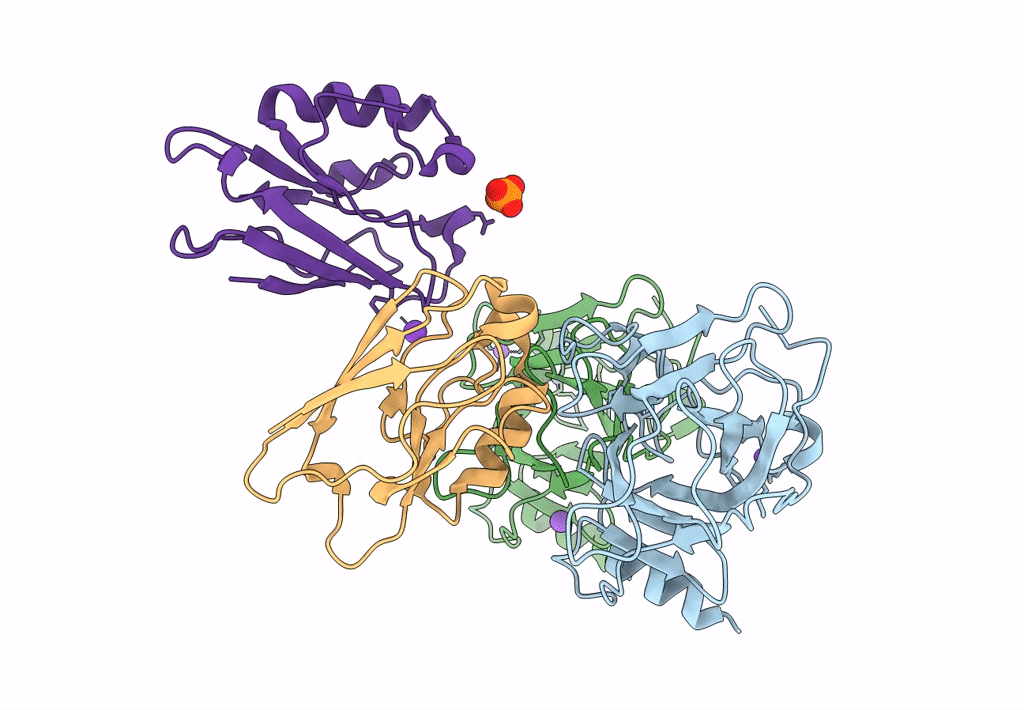
Deposition Date
2022-07-11
Release Date
2023-02-08
Last Version Date
2024-10-09
Entry Detail
PDB ID:
7YGI
Keywords:
Title:
Crystal structure of p53 DBD domain in complex with azurin
Biological Source:
Source Organism:
Homo sapiens (Taxon ID: 9606)
Pseudomonas aeruginosa PAO1 (Taxon ID: 208964)
Pseudomonas aeruginosa PAO1 (Taxon ID: 208964)
Host Organism:
Method Details:
Experimental Method:
Resolution:
2.10 Å
R-Value Free:
0.26
R-Value Work:
0.21
R-Value Observed:
0.21
Space Group:
C 1 2 1


